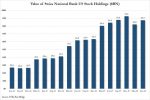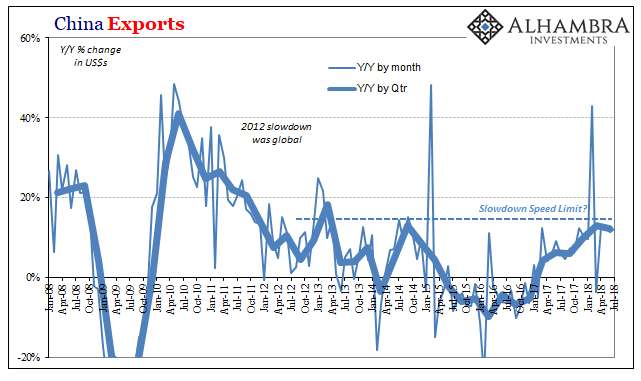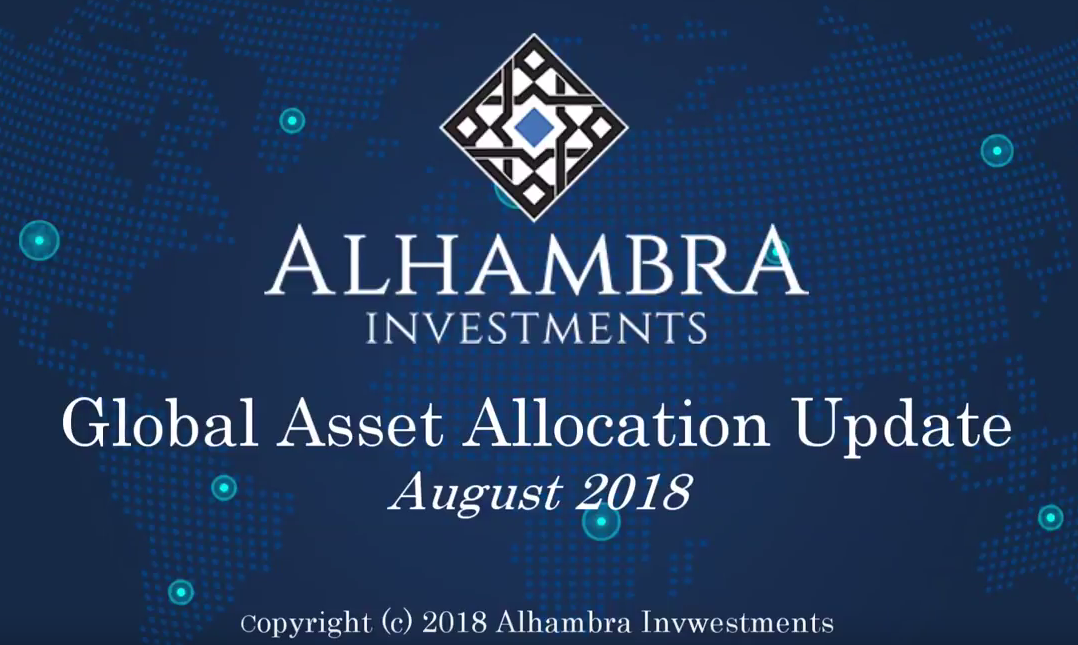Nestle SA forecast the slowest full-year sales growth in more than a decade as food companies worldwide struggle against consumer resistance to price increases.
Revenue will gain about 3.5 percent on an organic basis in 2016, the Vevey, Switzerland-based maker of Nespresso coffee said Thursday, abandoning a goal for an increase of about 4.2 percent. Growth in the consumer-goods industry is “relatively fragile,” Chief Financial Officer Francois-Xavier Roger said. The stock fell as much as 2 percent in Zurich.
Food companies have found recently that higher prices have backfired amid lackluster consumer demand across both developed and emerging markets. Like at Unilever, Nestle’s recent attempts in Brazil have cut into volume, even as the country’s weak currency raises the cost of raw materials. The volatile markets are heaping pressure on Ulf Mark Schneider, who replaces Chief Executive Officer Paul Bulcke on Jan. 1.
“It may get worse before it gets better,” wrote Robert Waldschmidt, an analyst at Liberum Capital. “Investors can hold out hope that the worse it gets, the more likely incoming CEO Schneider will take aggressive actions.”
After Nestle’s pricing growth fell to a record low in the first half, the company said it’s more important to keep boosting shipments rather than lifting prices. Volume rose 1.9 percent in the third quarter, while rivals Danone and Unilever recently reported declines. While commodities have probably touched bottom, Nestle’s hedging reduces the need to pass recent increases on to consumers, Roger said.
“Consumer demand was really much softer than expected,” the CFO said, naming markets such as Europe, the U.S., Brazil and China.
Price increases probably won’t be necessary in developed markets until next year if raw material costs “really” pick up, Roger said. Nestle may pass on higher expenses in Latin America and eastern Europe in 2017, though probably more in the latter part of the year, he also said.
The shares fell 0.7 percent to 74.15 francs as of 1:01 p.m. in Zurich. Nestle, with a market value of 230 billion francs ($232 billion), recently lost its rank as Europe’s biggest company on that basis to Anheuser-Busch InBev SA, whose SAB Miller Plc acquisition gave it the top spot with a value equivalent to $257 billion.
Dust Settle
Nestle said it’s not resorting to immediate price increases in the U.K. to adjust for the pound’s slump after the country voted to leave the European Union. The company is planning efficiency measures to deal with rising costs for imported cocoa and coffee. Nestle produces about 90 percent of the U.K. portfolio locally, which also reduces the currency exposure, Bulcke said.

Nestlé CEO Paul Bulcke – Source: Nestlé
“Let’s first let the dust settle,” the CEO said, adding the company plans to react “wisely,” not just passing on costs.
Total sales gained 3.3 percent on an organic basis in the first nine months of the year, missing analysts’ estimate for a 3.6 percent increase. Nestle’s defines organic sales growth as the increase in revenue excluding acquisitions, divestments and currency shifts.
Nestle aims to boost its trading operating margin this year, though restructuring costs will rise in the second half compared to the first, Roger also said.
Weak Chocolate
The chocolate business was one of the worst performers in the nine months, with shipments dropping 1.4 percent. Competition has increased in the U.S., where the Swiss company has a “relatively weak” position, Roger said. Nestle has been “disengaging” on smaller brands as it focuses on the stronger ones, Bulcke said in a Bloomberg Television interview.
“What we lack with confectionery is global brands beyond KitKat,” Roger said. “We can roll out one brand on a global scale. We need to do more of that.”
While Bulcke said he wants to be more ambitious in chocolate, Nestle has faced calls to sell the business as it increasingly concentrates on nutrition and health.
“This division is ripe for disposal,” wrote James Edwardes Jones, an analyst at RBC Capital Markets.
By Corinne Gretler (Bloomberg)
Full story here Are you the author? Previous post See more for Next postTags: newslettersent





































